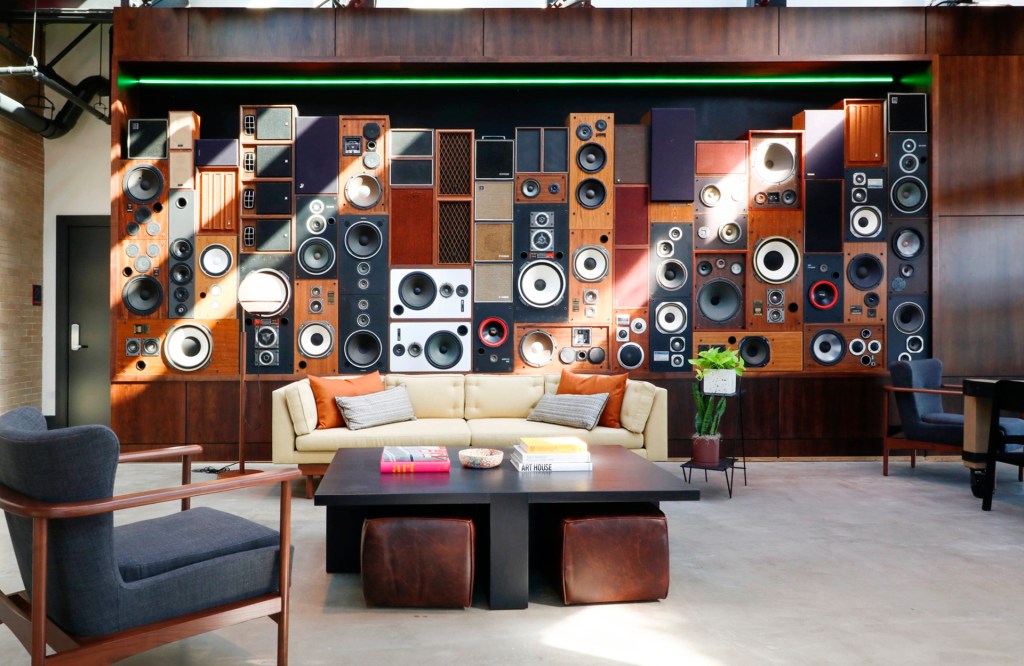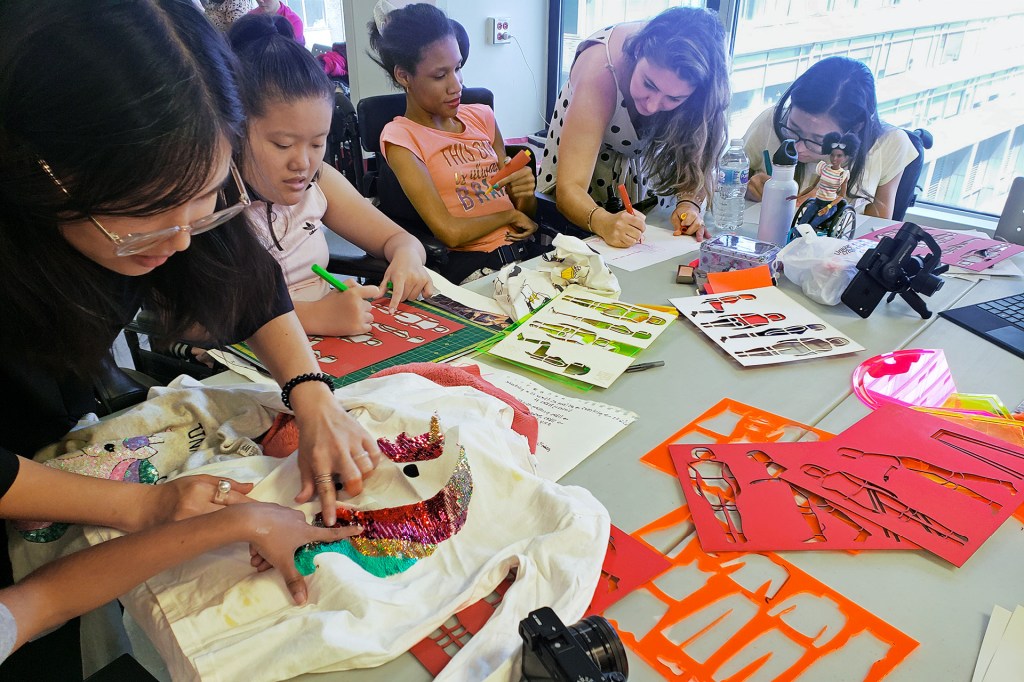Emoji Evolution

Do you speak emoji? If you use a smartphone, the answer is probably yes.
Emoji is a visual language capable of expressing all kinds of ideas and feelings. Are you mad, sad, or happy? There are faces that convey
convey
 PETER CADE—GETTY IMAGES
to make known; to communicate
(verb)
A smile conveys happiness.
those feelings. Are you hungry? Let friends know you want to grab a bite by sending images of food, like tacos or pizza.
PETER CADE—GETTY IMAGES
to make known; to communicate
(verb)
A smile conveys happiness.
those feelings. Are you hungry? Let friends know you want to grab a bite by sending images of food, like tacos or pizza.
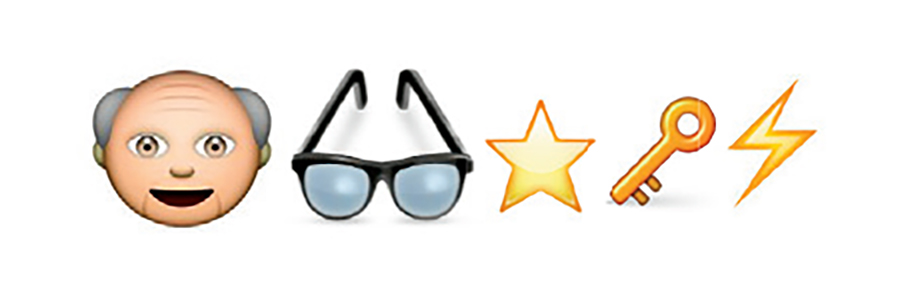
WHAT THEY MEAN Benjamin Franklin discovers the secret of electricity [1752].
Source: emojipedia.org. Using original Apple set.Emoji exist for nearly every occasion. And people use them—a lot. More than 60 billion emoji are posted on Facebook each day. One of the most popular, the “face with tears of joy,” has been used more than 1.8 billion times (and counting) on Twitter.
Emoji is one of the fastest-growing forms of visual communication in history. The method is modern. But communicating with symbols is part of a long tradition. A look at the past shows that we have been connecting in this way for 5,000 years.
Step Back In Time
One of the oldest examples of visual language is Egyptian hieroglyphics. Ancient Egyptians began using language symbols around 3250 B.C., according to John Darnell, a professor of Egyptology at Yale University.
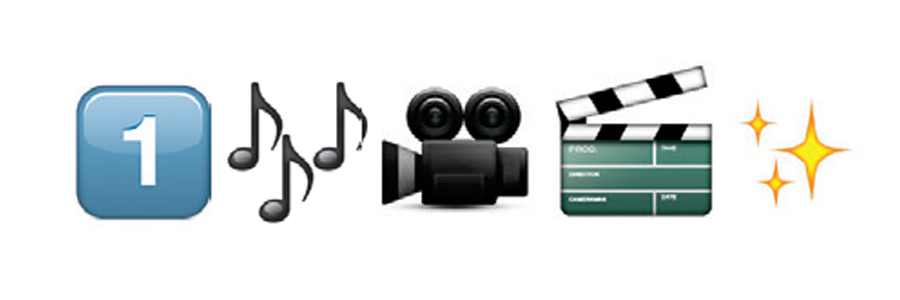
WHAT THEY MEAN Talkies, which are films featuring sound, debut [1927].
Source: emojipedia.org. Using original Apple set.
“They thought about future people who would wonder why they did what they did,” Darnell told TFK.
The oldest hieroglyphs used images of daily life, like hunters and animals. Later, the images came to represent ideas and words. Egyptians wanted to create a writing system that would outlive them. “They thought about a remote
remote
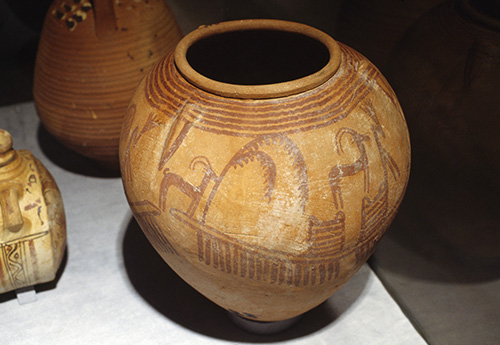 G. SIOEN—DE AGOSTINI/GETTY IMAGES
distant
(adjective)
The object gave people a look at the remote past.
future when their culture might not be living anymore,” Darnell says.
G. SIOEN—DE AGOSTINI/GETTY IMAGES
distant
(adjective)
The object gave people a look at the remote past.
future when their culture might not be living anymore,” Darnell says.
In 1999, Japanese Internet company NTT Docomo removed a heart icon
icon
![]() WIKIMEDIA COMMONS
a pictorial representation; a symbol
(noun)
Greg texted a pizza icon to tell his friend what he wanted for dinner.
from its mobile software. Unhappy customers canceled their subscriptions. So Shigetaka Kurita, a designer for Docomo, looked for a solution. He reinstated the heart icon and designed 175 more icons. He called them emoji, the Japanese word for picture character.
WIKIMEDIA COMMONS
a pictorial representation; a symbol
(noun)
Greg texted a pizza icon to tell his friend what he wanted for dinner.
from its mobile software. Unhappy customers canceled their subscriptions. So Shigetaka Kurita, a designer for Docomo, looked for a solution. He reinstated the heart icon and designed 175 more icons. He called them emoji, the Japanese word for picture character.
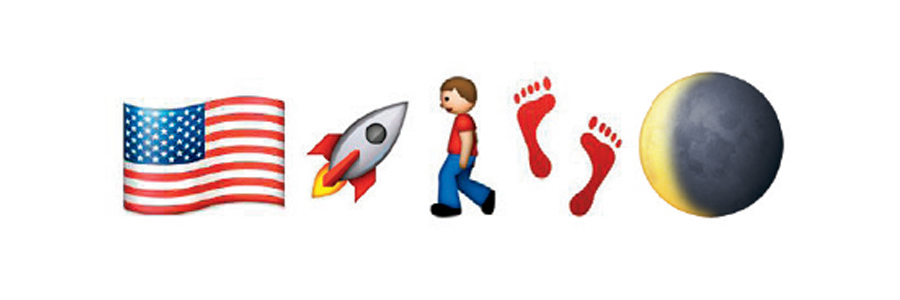
WHAT THEY MEAN American astronauts first walk on the moon [1969].
Source: emojipedia.org. Using original Apple set.Americans discovered the icons when Apple released the iPhone, in 2007. “Once [emoji] became associated with mobile communication, it exploded,” says Paul Galloway. He is a collection specialist at the Museum of Modern Art, in New York City.
Some people argue that emoji is not a true language. But Galloway thinks it’s too early to tell how it will evolve
evolve
 ALAN POWDRILL—GETTY IMAGES
to grow or change
(verb)
Jim hoped his part-time job would evolve into a permanent position.
. He sees art as a bridge that can close gaps in communication. “In a way, we are returning to the norm in how we are using visual components,” he says.
ALAN POWDRILL—GETTY IMAGES
to grow or change
(verb)
Jim hoped his part-time job would evolve into a permanent position.
. He sees art as a bridge that can close gaps in communication. “In a way, we are returning to the norm in how we are using visual components,” he says.





